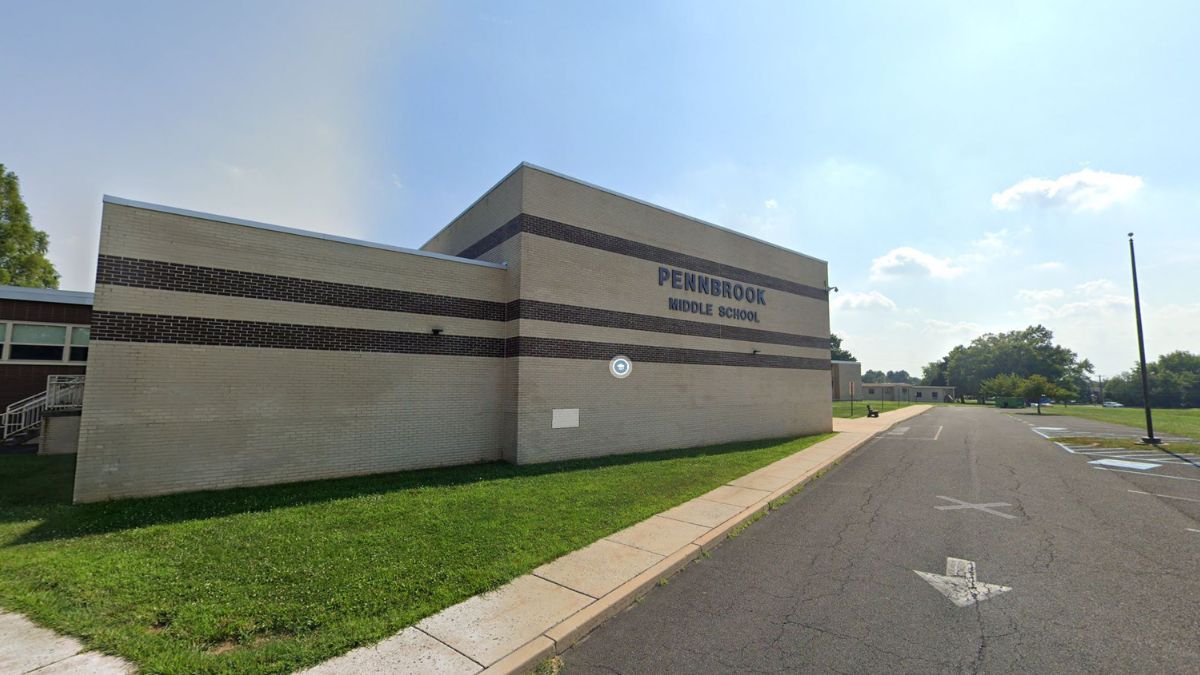Darek Fidyka, a Bulgarian man, was left paralyzed from the waist down after a 2010 knife attack. But, miraculously, Fidyka recently took his first steps in years, albeit with the aid of a walker.
Fidyka's unprecedented improvement came several months after a team of Polish and British doctors performed a revolutionary new surgery, which was nearly as remarkable and mystifying as the man's recovery.
The team inserted cells harvested from Fidyka's nasal system into his spinal cord, which stimulated regeneration of the severed nervous fibers.
But how could cells involved in the detection of smell cause the spinal cord, notorious for its irreparability, to heal? Mridula "Meera" Vinjamuri, a molecular biologist at the Monell Chemical Senses Center in Philadelphia, says the two body parts have more in common than the lay person might expect.
"Smell is conducted through nerves, similar to touch," she said. "If someone touches you, you know. Your brain tells you, that 'yeah, there's a touch that I feel' and that's conducted through the nerve. In a similar fashion, even our sense of smell is conducted through nerve cells and these are called 'olfactory neurons.'"
Local
Breaking news and the stories that matter to your neighborhood.
When humans breath, organic particles, odors and even toxic substances trigger these neurons, which are transmitted to the brain with the help of "olfactory ensheathing cells" or OECs. Along the way, the OECs stop at a neural structure, called the "olfactory bulb" which assembles the various neurons into more coherent bundles that we recognize as smell.
The bulb, which is where OECs that helped heal Fidyka were harvested, is actually a part of the Central Nervous System (CNS), just like the spinal cord. Scientists have long speculated that cells from the body's nasal tissue could be compatible with other parts of the CNS.
"The idea is, if you take something similar, can it function in a different atmosphere?" said Vinjamuri. "[Fidyka's team] were successful in doing so."
So, great, cells from the nose can more easily mingle with cells from the spine. How does that translate into a man regaining the use of his lower limbs?
What Vinjamuri says makes the nasal cells so special is that they're the only kind of nervous tissue that actively regenerates — that's part of the reason why Fidyka was paralyzed in the first place. Sever your spinal cord, or even a little nerve in your finger and you're mostly out of luck, unless a team of international medical researchers takes an interest in your case. But nasal cells are different. The cells in our nose die constantly because of their direct and unavoidable contact with toxic substances in the air we breath. But our bodies evolved to cope with this constant die-off by developing regenerative olfactory nerves. In fact, we generate an entirely new set of olfactory nerves every six to eight weeks or so. Put the cells in another part of the CNS and, apparently, they keep on regenerating.
Vinjamuri says the process is similar to the adaptive promise held by fetal stem cells, and could also be applicable for regenerating other parts of the brain, like the hippocampus, which regulates memory.
Others say patients with Parkinson's and other neurodegenerative diseases could benefit from similar treatments. However, Vinjamuri also cautioned that it is far too early to say for sure. Researchers aren't even entirely certain the treatment is specifically what caused Fidkya's amazing recovery — they can't even say for sure if olfactory cells are actually stem cells, or something else entirely. But there is still great promise.
"We've had a lot of discussion at our center since this news has aired. That's just our center, but I'm sure everyone across the world is very excited because this is definitely very groundbreaking," said Vinjamuri. "You can really help patients who don't have any sort of alternative therapies."



